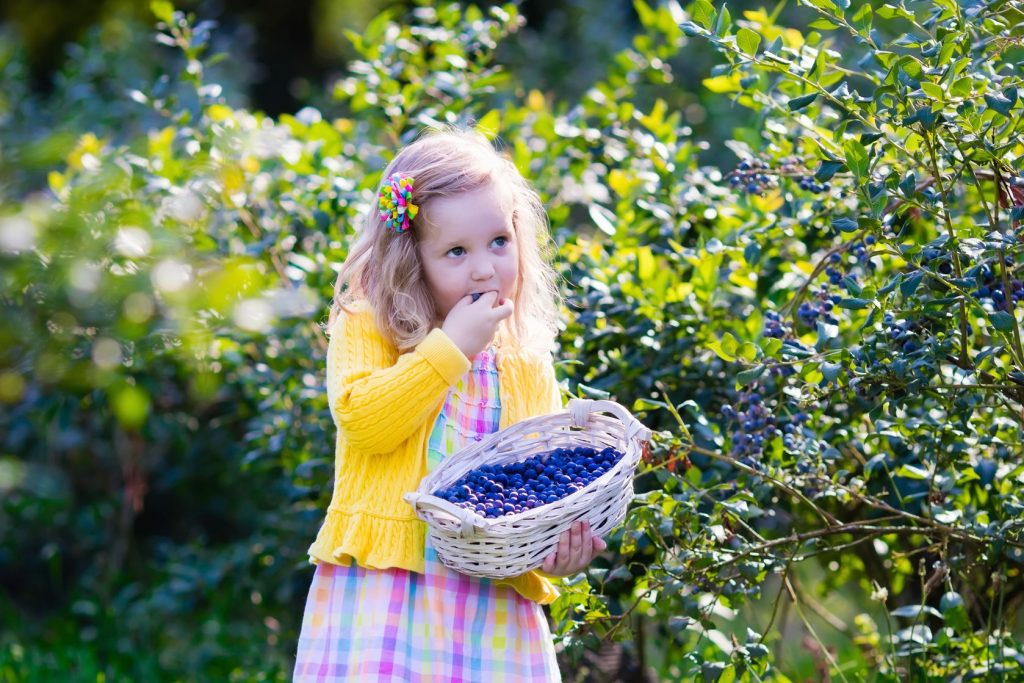I hear the questions often. “What’s the big deal about organic?” “Organic foods are so expensive!” “Should I buy everything organic?” “What if I can’t find organic?”
The fact that even the biggest grocery suppliers such as Walmart are continually adding more organic foods in their stores proves the demand is growing. Is this just another growing fad or should you be taking notice?
What Does Organic Mean Anyway?
Different countries have different criteria for foods being certified as organic. Essentially, the main requirements are concerned with avoiding synthetic chemical additives in such things as fertilizers, pesticides, and herbicides; no genetically modified seeds; farmland free from restricted chemicals for a certain number of years; and raising livestock within certain standards.
The bottom line is about protecting consumers who are concerned about knowing what is in their food and what it’s been exposed to.
With the growing evidence of the longterm negative impact of synthetic chemicals on human health, more people are understandably giving their food more consideration.
To be clear, no certification process is fool-proof, no matter how well-intentioned the certifying institution may be. For me, the goal isn’t perfection but rather taking simple steps that can dramatically reduce the amount of toxins in my food and take advantage of the best quality food available.
Know Which Foods Are More Toxin-Prone
Its more important to look for certain organic foods than others. Some non-organic produce is grown with more pesticides. The Environmental Working Group has done the heavy lifting for us in sorting through the foods most and least exposed to pesticides in their Shopper’s Guide to Pesticides in Produce™.
The report breaks down most common fruits and vegetables into two helpful groups: the Dirty Dozen, and the Clean Fifteen.
For example, strawberries and apples are at the top of the Dirty Dozen list this year meaning they generally are grown with more pesticides than other foods. By contrast, avocados and onions are among the cleanest produce.
So, when managing your limited food budget, it would be better to spend a bit more for organic apples. However, when buying onions, the higher price for organic probably isn’t as necessary.
Download the free Dirty Dozen app for the iPhone to have the lists available for referencing when at the grocery store.
Other Great Non-Certified Organic Food Options
I recently wrote about other ways to tap into the fresh foods of summer. Shopping local farmers’ markets is another way to find great, healthy food. It may not be certified organic because the grower hasn’t applied or he hasn’t been able to prove his land has been chemical-free for the requisite number of years. Yet if you ask the grower, you can find out if he’s used chemical or not.
And, of course, growing your own food is a fantastic option if you have the space and time. Like I’ve said before, I’ve realized that I grew up eating organic even though nobody talked in those terms. My parents grew the majority of our vegetables. Mom canned or froze what we didn’t eat fresh. Virtually every night, I or one of my siblings would be dispatched to the fruit cellar for a jar of canned green beans or the chest freezer in the garage for a container of frozen sweet corn.
Just Take A Step
With a bit of education, you can make healthier food choices for your family and stay within your food budget. Purchasing just the organic versions of the Dirty Dozen foods will eliminate 80% or more of the pesticides you’d otherwise be exposed to.
You don’t have to do all or nothing when it comes to organic food. Begin by focusing on those foods most prone to harmful chemicals and keep taking steps towards healthier options.
Question: How do make your food budget stretch while purchasing healthier options for your family? Share your answer in the comments below.
